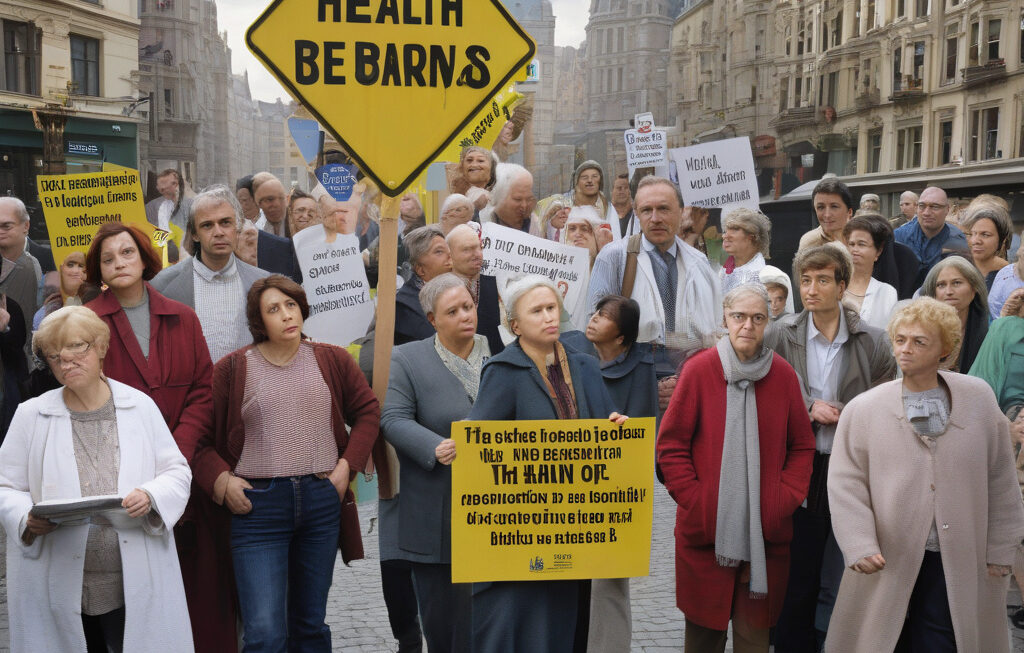Silent, Deadly, and Preventable: The Radon Story You Need to Hear
In this episode of Lexicon, we sit down with Dallas Jones, a nationally recognized leader in radon awareness and mitigation. Radon, a colorless, odorless, and tasteless radioactive gas, is a serious health hazard that lurks in many homes and buildings across the country. Responsible for an estimated 21,000 lung cancer deaths each year in the United States alone, radon is a silent killer that often goes unnoticed until it’s too late.
Despite its deadly nature, radon is entirely preventable with the right knowledge and action. Dallas Jones has made it his mission to educate the public about the dangers of radon exposure and the simple steps that can be taken to mitigate its risks. By testing your home for radon and implementing mitigation measures if high levels are detected, you can protect yourself and your family from this insidious threat.
One of the biggest challenges in addressing the radon problem is awareness. Many people are simply unaware of the risks posed by radon and the importance of testing their homes for this dangerous gas. By shining a light on this issue and sharing information about the prevalence of radon and its health effects, Dallas Jones hopes to empower individuals to take action and create safer living environments for themselves and their loved ones.
The good news is that testing for radon is simple and affordable. DIY radon test kits are readily available online and in hardware stores, allowing homeowners to easily assess the radon levels in their living spaces. If high levels of radon are detected, certified radon mitigation professionals can design and install systems to vent the gas safely away from the home, reducing the risk of exposure and safeguarding against the potential health consequences.
Preventing radon-related lung cancer is not just about individual action; it also requires broader policy measures to ensure that all homes and buildings are safe from this invisible threat. Advocates like Dallas Jones work tirelessly to promote radon awareness at the local, state, and national levels, pushing for regulations and incentives to encourage radon testing and mitigation in all types of construction.
By raising awareness, providing education, and advocating for change, we can all play a role in combating the radon epidemic and reducing the incidence of lung cancer caused by this preventable environmental hazard. As Dallas Jones reminds us, the radon story is one that we all need to hear and take to heart if we want to protect ourselves and our communities from this silent, deadly killer.
radon, lungcancer, prevention, awareness, mitigation











